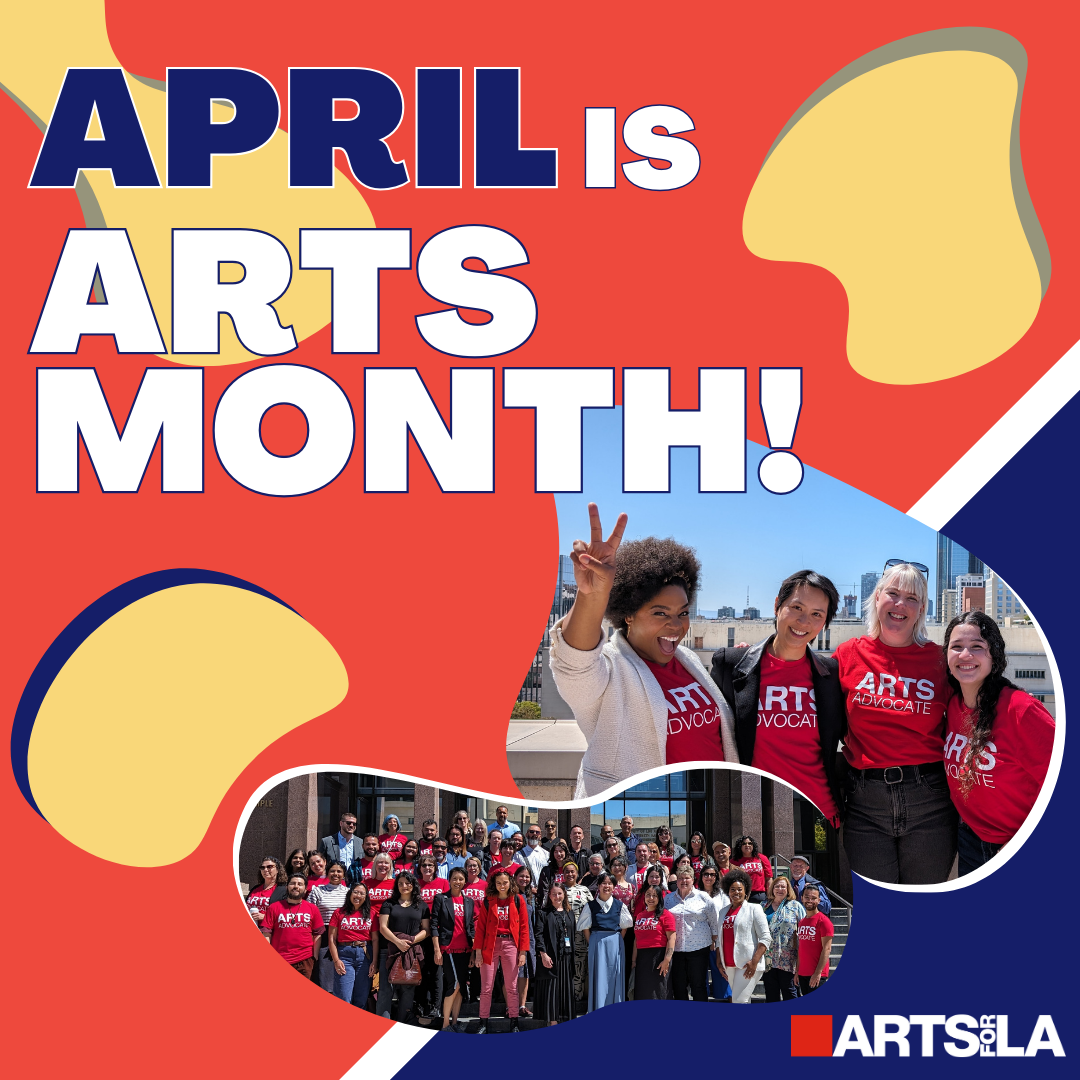Reframing Creative Economy Advocacy
Feb 18, 2025Dear Arts Advocates,
I recently had the opportunity to speak on a Creative Economy panel hosted by the Federal Reserve Bank of New York and Creatives Rebuild New York (CRNY).
The program focused on how the creative community and its workforce can drive a healthy economy across New York State and the nation. It was an inspiring day filled with the thought leadership of visionaries like David Erickson from the Federal Reserve Bank of New York, Dr. Maria Rosario Jackson, former Chair of the National Endowment for the Arts, and Sarah Calderon, Executive Director of CRNY. The event was a clear reminder on why centering the artist and the creative worker is so important when talking about the creative economy.
As I reflect on the event and the profound words of the artists and community leaders, below are a few post event reflections to share.
CURRENT CREATIVE ECONOMY ADVOCACY HOPES FOR A TRICKLE DOWN EFFECT
The dominant strategy for creative economy (CE) advocates is fundamentally trickle down economics. We advocate to fund institutions by highlighting our industry’s outsized economic impact to the overall economy. We assume that those resources will trickle down to benefit the people (artists, culture bearers and creative workers). It generally does not. Creative worker protests prevail across the nation i.e. LA MOCA, Seattle Art Museum, Mass MOCA, Victoria Gardens Theater in Chicago, Guggenheim, and the 2023 writer’s strike are recent proof. The advocacy strategy is not benefitting the people because it’s not aiming to do that.
This trickle down strategy, paired with incomplete data on our field and its workforce, is hurting systemic change efforts.
DATA BLIND SPOTS
Current CE data has big blind spots that limit our view of the field. In California, our data reports do a good job of measuring the number of jobs, institutions, and wages, but the data does not disaggregate to clearly understand the nonprofit sector experience. Aggregating entertainment industry and nonprofit sector wage data grossly skews the wage data reporting for the nonprofit sector. For example, the Creative Economy Dashboard on the OTIS College of Art and Design website reports that the average annual wage for a job in Los Angeles is $153,501. Furthermore, the wages of the independent contractor and gig worker (which represents approximately 50% of our creative workforce) is not captured in the current data sets. Leading researchers like CVL Economics are working to fill these data gaps, and there is still a need for a national survey on how artists piece together sustainable livelihoods.
A DOUBLE-EDGED SWORD
As CE advocates, we strive to make the strongest case to elected officials and private philanthropy that they should invest in the creative economy. We often cite data points that illustrate how these jobs are high-demand, high-paying jobs. This is a more compelling case than arguing that creative economy jobs are high-demand, low-paying jobs. The problem is that both of these statements are true. And as advocates, we often utilize the aggregated data because that is what is currently available to us.
Many creative economy workers start their careers at local arts and culture nonprofits, who often struggle with paying their workers living wages because they are challenged to fund their organization.
In response, advocates tend to focus their advocacy efforts on capitalizing the institutions. This trickle down economics advocacy strategy is a double-edged sword; it both helps and hurts us, and it’s time for CE advocates to reframe our advocacy strategy.
BOLD STRATEGIES CENTER THE CREATIVE WORKFORCE
We need bold strategies that center the workforce, focusing on expanding economic opportunity (i.e. living wages, benefits and safety nets) for artists and creative workers. Doing so will directly address the financial sustainability people need, while broadening the advocacy base from executive directors and government relations professionals to creative workers writ large. Reframing our advocacy will not preclude us from funding opportunities for institutions, and the new framing will better align with today’s political and economic climate.
One thing is foreseeable at this time of head-spinning change in our country — we need to both broaden our advocacy base and get louder to ensure both our artists and creative workers have economic mobility, and institutions have sufficient public and private funding to continue to contribute to U.S. economic growth and global competitiveness.
THE FUTURE OF CREATIVE ECONOMY / JOBS
Local initiatives like Arts for LA’s Creative Jobs Collective (CJC) — a cross-sector initiative begun in 2021 to pathway 10,000 people into the creative economy by the year 2030 — leads with the vision of centering the creative worker in cross-sectoral policy development. The policy platform for the initiative promotes economic growth and regional competitiveness.
Similarly, the California Arts Council’s Creative Economy Workgroup (of which Arts for LA is a member) is developing a strategic plan for the Creative Economy of California. Key action areas (see page 29), include: improving, securing and stabilizing the infrastructure for creative economy workers, financial incentives for creative businesses and individuals to grow, clear pathways from education to jobs, and creative financing to arts funding among other actions. Californians for the Arts (our state advocacy organization) continues to center the creative workforce in all of their advocacy, including in their “Art Work is Real Work” campaign.
As we look to the future, Arts for LA is proud to be in national conversations with the National Arts Policy Alliance which aims to organize and mobilize creative workers in partnership with other justice movements to win economic security for all.
The future of Creative Economy Advocacy centers the artist and creative worker, and in doing so we will build a healthier local and national economy.
#CreativeJobsCollective #CreativeFutures #ArtWorkisRealWork
Onward,
Gustavo Herrera, CEO of Arts for LA
